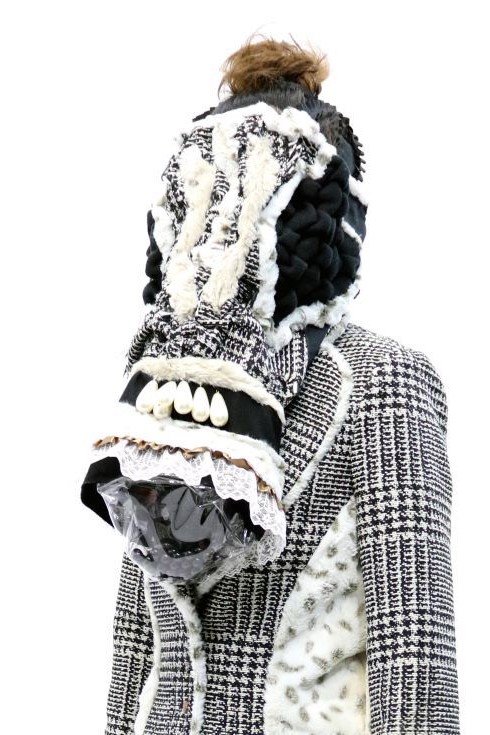aricoco (Ari Tabei)

aricoco (Ari Tabei), born and raised in Tokyo, is an interdisciplinary visual artist based in New York City. After earning her MFA from University of Connecticut in sculpture and video performance art in 2007, she moved to NYC to exhibited and perform extensively in the city.
She has been awarded numerous residencies and fellowships including; A.I.R. Gallery Fellowship, LMCC Swing Space, Smack Mellon Artist Studio Program, Sculpture Space, AIM, Museum of Art and Design Open Studios, BRIC Visual Artist Residency, Target Margin Theater Institute Fellowship, Culture Push and NYFA Artist's Fellowship in the category of Interdisciplinary work.
In 2013, she participated in a project-based group exhibition at Kawasaki City Museum, Japan. She had a solo exhibition at Sunroom Project Space, Wave Hill, Bronx, in 2015. As a recipient of Franklin Furnace Fund in 2016-17, aricoco had a solo exhibition and performed at La MaMa Galleria in January 2018. In 2020, she was awarded LMCC Creative Engagement Fund and produced a virtual runway-performance show. Currently, aricoco is working on her new project supported by New York City Artist Corps Grant.
Artist Statement
Embracing her deep-seated fear of insects, aricoco exposes parallels between human societal organization and non-hierarchical collectivism of social insects by examining the concept of temporary community building. While questioning the privilege of human dominance, she explores models for the non-hierarchical human potential through eusociality, which is the highest level of organization unique to the social insect world, characterized by cooperative brood care and division of labor.
She investigates biologically coded altruistic characteristics of social insects within female-dominated collectives, where a fertile Queen is dependent on sterile Workers for her existence while the colony depends on her for its reproduction. As a simultaneous practice of self-fortification and community-building, she creates environments for provisional habitation, sculptural garments/bags and masks that serve as her protective gear.
Interacting with them, she invent ritualistic play that revives my childhood experiences in Japan and interprets and resists the influences of my culture, particularly the contradictions inherent in Japanese attitudes toward nature and the presumed natural order of society.